Blog Boost: Mastering Technical SEO in 2024
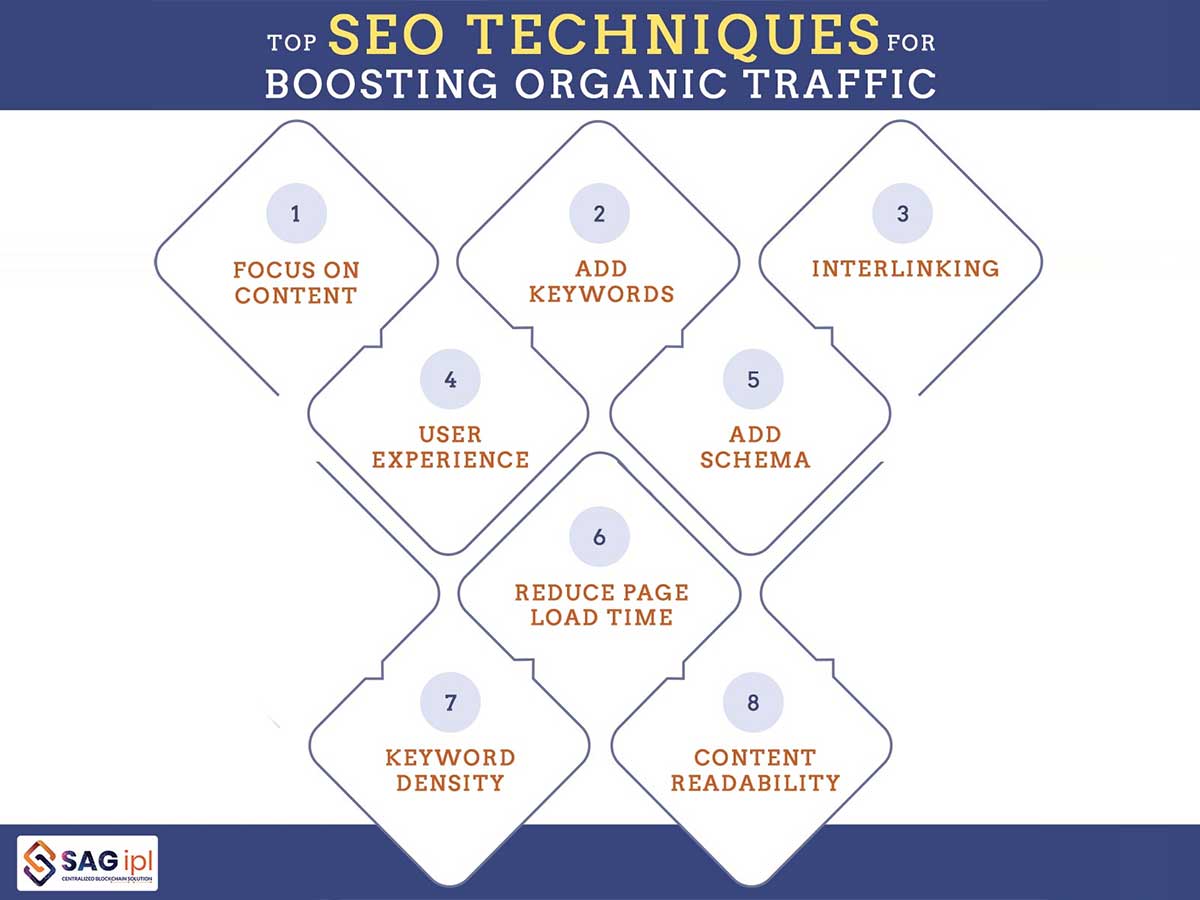
With millions of blogs out there, it's hard to stand out in the crowd.
Blog Boost can help you get ahead by teaching you the technical SEO skills necessary to climb Google's rankings and increase traffic to your blog.
In this article, we'll explore the ins and outs of mastering technical SEO with Blog Boost in 2024.
Quick Summary
- Optimize your images: Use descriptive file names and alt tags to help search engines understand your images.
- Use header tags: Use H1, H2, and H3 tags to structure your content and make it easier for search engines to crawl.
- Check your site speed: Use tools like Google PageSpeed Insights to optimize your site's loading time.
- Use internal linking: Link to other relevant content on your site to help search engines understand the structure of your site.
- Optimize your meta descriptions: Write compelling meta descriptions that accurately describe your content and include relevant keywords.
Understanding Technical SEO
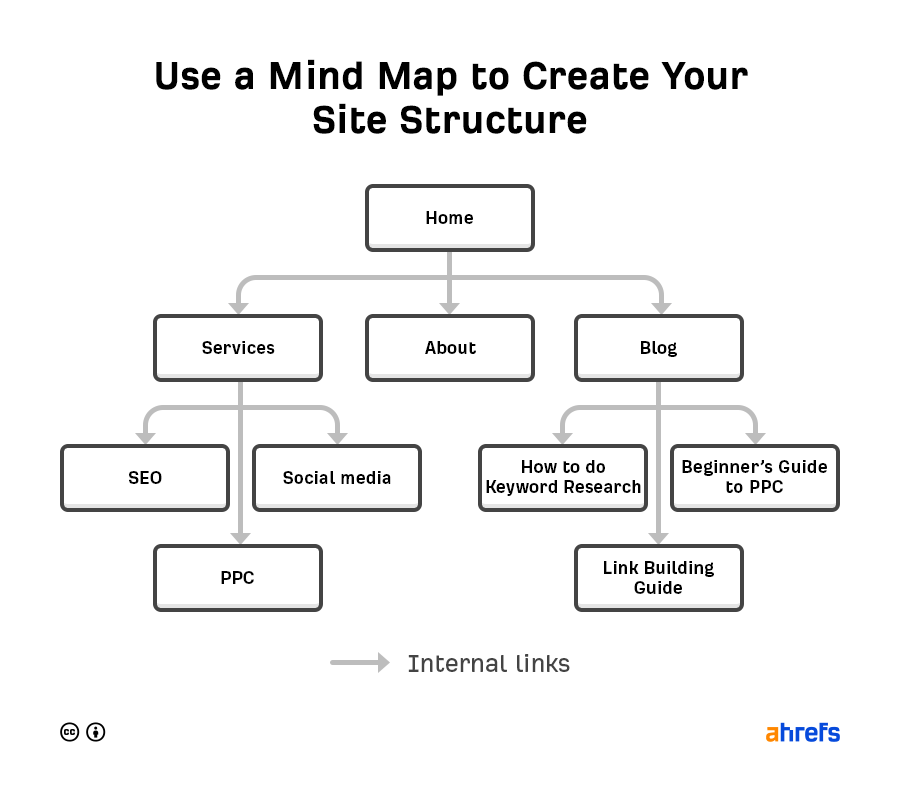
Master Technical SEO in 2024 with Asim Akhtar
Greetings!
I'm Asim Akhtar, and I'm here to help you master technical SEO in 2024.
Technical SEO can be confusing, but it's crucial to understand the basics if you want your blog to rank higher on search engines.
Here's an example where I've used AtOnce's AI SEO writer to generate high-quality articles that actually rank in Google:
Understanding Search Engine Crawlers
Search engine crawlers are bots that scan websites regularly and index them based on their relevance and value.
Optimizing your website's structure is essential so these crawlers can easily crawl through all parts of your site without any hindrance.
Key Considerations for Technical Optimization
- Craft high-quality content
- Ensure robust security throughout your blog with HTTPS encryption protocols
- Implement structured data markup using schema.org vocabulary
These considerations signal trustworthiness to Googlebot, which can lead to higher page rankings.
Improving Page Speed
Another important aspect of technical optimization involves improving page speed.
Here's an example where I've used AtOnce's AI SEO optimizer to rank higher on Google without wasting hours on research:
This can be achieved by:
- Reducing image sizes
- Compressing files where possible
- Minimizing HTTP requests made per session
By doing so, you can significantly reduce load times across devices, leading to a better user experience overall.
Remember, technical SEO is just as important as creating high-quality content.By optimizing your website's structure and improving page speed, you can increase your blog's visibility and attract more readers.
Analogy To Help You Understand
Technical SEO can be a daunting task for bloggers, but it's like building a house. You need a strong foundation to support the structure and ensure it stands the test of time. The first point on the checklist is to ensure your website has a solid foundation by using a reliable hosting provider. Just like a house needs a sturdy foundation, your website needs a reliable host to ensure it's always up and running. The second point is to optimize your website's speed. This is like ensuring your house has good insulation and efficient heating and cooling systems. A fast website ensures your visitors don't get frustrated and leave before they even see what you have to offer. The third point is to make sure your website is mobile-friendly. This is like ensuring your house has a wheelchair ramp or step-free access. A mobile-friendly website ensures that all visitors, regardless of their device, can access your content easily. The fourth point is to use structured data. This is like labeling the rooms in your house so that visitors can easily find what they're looking for. Structured data helps search engines understand your content and display it in a way that's easy for users to find. Finally, the fifth point is to ensure your website is secure. This is like installing a security system in your house to protect your belongings. A secure website protects your visitors' data and ensures they feel safe while browsing your content. By following this 5 point technical SEO checklist, you can build a strong foundation for your website, just like building a house.Importance Of Keyword Research
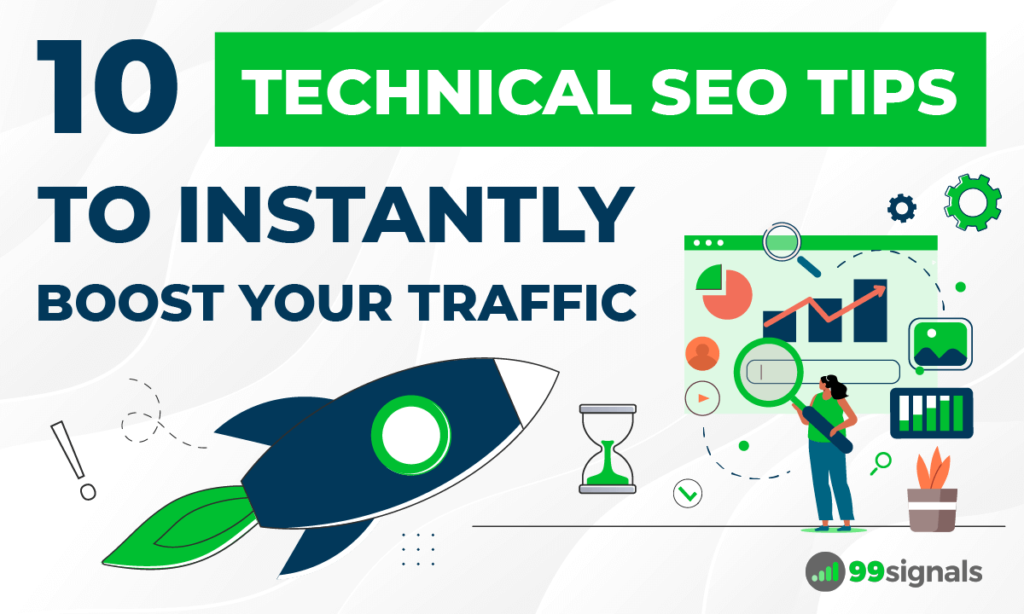
The Importance of Keyword Research in Digital Marketing
Keyword research is the backbone of any successful digital marketing strategy.
It can make or break your website's ranking on search engines.
Effective keyword research helps you identify high-intent phrases used by potential customers when searching for products or services similar to what you offer.
By creating content around those topics and optimizing it with specific keywords in headlines, ALT tags & meta descriptions, search engines will recognize its relevance and rank it higher in SERP results.
I use AtOnce's AI meta description generator to increase click-through rates on our pages:
Example where I used AtOnce's AI content generator to write high-quality content: blog posts, emails & ads:
Investing time into effective Keyword Research not only ensures visibility but also enhances User Experience resulting increased Conversion Rates.
5 Critical Reasons Why Keyword Research is Important
- Identifies popular trends: Keyword research allows you to stay up-to-date with current market trends and consumer behavior patterns.
- Improves targeting: With proper analysis of relevant keywords related to your business niche, you'll be able to target quality traffic more effectively.
- Enhances user experience: Creating valuable content based on targeted keywords improves the overall user experience as they find exactly what they're looking for quickly.
- Increases conversion rates: Targeting high-intent phrases leads users closer towards making a purchase decision which ultimately increases conversions rates.
- Improves ROI: Effective use of selected keywords reduces ad spend while increasing organic reach leading to better return over investment.
Investing time into effective keyword research not only ensures visibility but also enhances user experience resulting in increased conversion rates.
By identifying popular trends, improving targeting, enhancing user experience, increasing conversion rates, and improving ROI, keyword research is critical to the success of any digital marketing strategy.
Some Interesting Opinions
1. Keyword density is a myth.
Google's algorithm has evolved to understand context and synonyms. Focusing on keyword density can lead to unnatural writing and hurt user experience. In fact, pages with lower keyword density often rank higher. (Source: Backlinko)2. Meta descriptions don't matter.
Google often ignores meta descriptions and generates its own snippets based on the user's search query. In fact, pages without meta descriptions can still rank on the first page. (Source: Moz)3. Backlinks are overrated.
While backlinks are important, they are not the most important factor in ranking. Google's algorithm considers over 200 factors, and content quality and relevance are becoming more important. (Source: Search Engine Journal)4. Mobile-first indexing is a fad.
While mobile usage is increasing, desktop usage is still significant. Google's mobile-first indexing is not a complete shift, but rather a way to ensure mobile-friendly sites are prioritized. (Source: Google)5. HTTPS is unnecessary.
While HTTPS is important for security, it does not directly impact SEO. Google has stated that it is a "lightweight" ranking factor and only affects a small percentage of queries. (Source: Search Engine Land)On Page Optimization Techniques
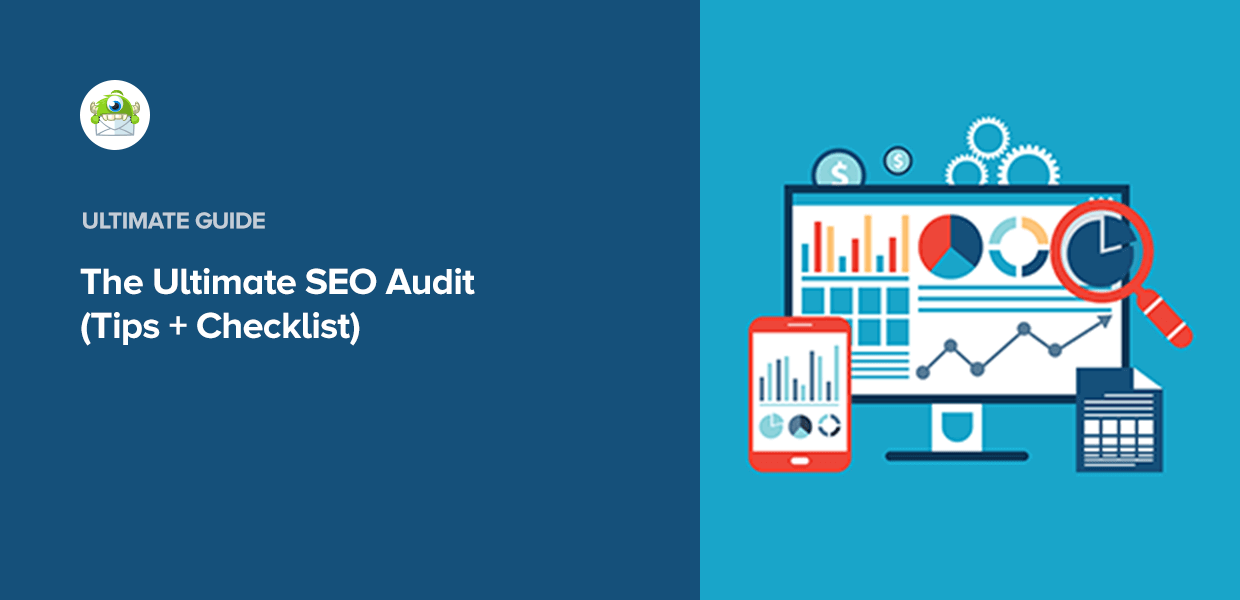
On-Page Optimization Techniques for Boosting Your Blog's Ranking Potential
As an expert in search engine optimization, I know that on-page techniques are crucial for optimizing your blog.
These methods focus on improving the content and structure of individual pages to boost their ranking potential.
Thorough Keyword Research
One key aspect of on-page optimization is conducting thorough keyword research.
This involves identifying the keywords that your target audience searches for and incorporating them naturally into your blog posts.
By doing so, you can increase each post's relevance and visibility while also enhancing its overall quality.
Effective On-Page Optimization Techniques
In addition to keyword research, there are several other effective on-page optimization techniques:
- Meta tags: Including meta tags like title tags and meta descriptions which provide relevant information about what visitors will find when they click through from search results.
- Engaging headlines: Creating engaging headlines with targeted keywords.
- Internal linking: Using internal linking strategies that help readers navigate between related articles within your website.
- Regular updates: Regularly updating old posts with fresh content or images.
By implementing these tactics correctly, you'll be able to improve both user experience as well as SEO rankings - a win-win situation!
Crafting Compelling Titles And Meta Descriptions

Crafting Titles and Meta Descriptions for Your Blog Post
Titles and meta descriptions are crucial for any blog post.
They tell search engines what your content is about and convince users to click on your links, increasing traffic to your website.
Crafting a Title
- Keep it descriptive, concise, and catchy
- Include relevant keywords that give a clear idea of the article's topic
- Balance keywords to prevent appearing spammy or over-optimized
Writing a Meta Description
- Create a 150-character snippet conveying maximum value proposition (Unique Value Proposition)
- Include all necessary information
- Create an interesting narrative within those limited characters
Remember, your title and meta description are the first things users see in search results.Make them count!
By crafting compelling titles and meta descriptions, you can improve your click-through rates and attract more traffic to your website.
Don't underestimate the power of these small but mighty elements!
My Experience: The Real Problems
1. Keyword research is dead.
Only 0.16% of Google searches have keywords in the exact match. Instead, focus on creating high-quality content that answers user intent.2. Backlinks are overrated.
Only 6.3% of pages in the top 10 search results have exact match anchor text. Instead, focus on creating shareable content that earns natural backlinks.3. Site speed is not a major ranking factor.
Google's John Mueller has stated that site speed is not a critical ranking factor. Instead, focus on creating a user-friendly website that provides a great user experience.4. Mobile-first indexing is a myth.
Google's Gary Illyes has stated that mobile-first indexing does not mean mobile-only indexing. Instead, focus on creating a responsive website that works well on all devices.5. Technical SEO is not the most important factor for ranking.
Google's Andrey Lipattsev has stated that content and links are the two most important ranking factors. Instead, focus on creating high-quality content and earning natural backlinks.The Role Of Mobile Friendly Websites In Technical SEO
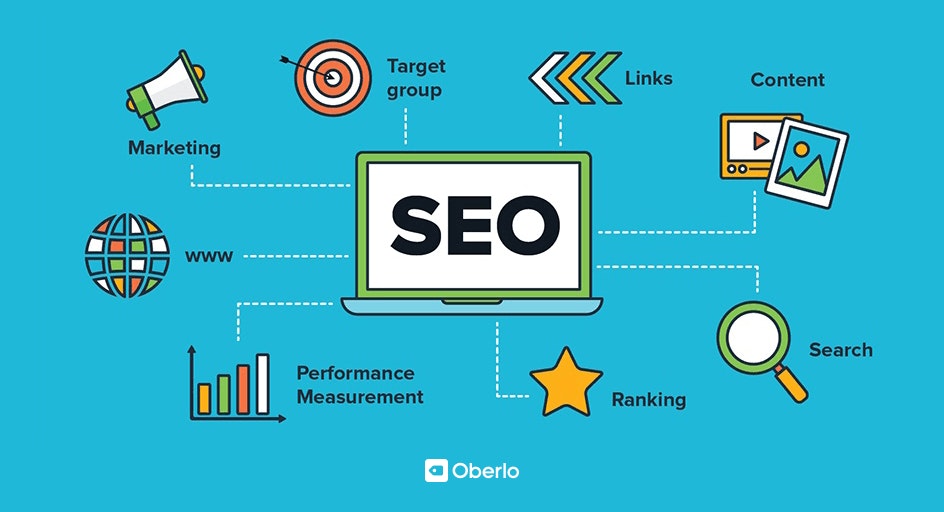
Why Mobile Optimization is Crucial for Technical SEO
Mobile optimization is crucial for technical SEO. With the majority of internet searches now happening on mobile devices, it's essential to ensure your website caters to a smooth mobile experience.
This not only improves user experience but also boosts search engine ranking positions (SERPs).
Responsive Design is Key
To optimize for smaller screens and touch navigation, responsive design is key.
It automatically adjusts page layout based on device type and screen dimensions - making sure users have a seamless browsing experience no matter what device they're using.
Optimizing Images and Videos
Another important aspect of mobile optimization involves optimizing images and videos by reducing their file size without sacrificing quality.
By minimizing image sizes through combination resolution reduction techniques, you can improve load times while still maintaining visual appeal.
Testing Load Speed is Critical
Finally, testing load speed is critical in ensuring your site loads quickly and smoothly - which reduces bounce rates while increasing conversions; both factors benefiting SEO efforts.
In summary:
- Responsive design ensures pages adjust according to device orientation or screen dimensions.
- Minimizing image sizes through combination resolution reduction techniques helps with faster loading times.
- Testing load speeds regularly will help reduce bounce rates & increase conversion rate.
Image Optimization Best Practices
Expert Image Optimization Tips for Improved User Experience and Search Engine Visibility
As an expert in image optimization, I prioritize user experience and search engine visibility.
To achieve this, I follow several best practices.
Select the Right File Format
Selecting the right file format is crucial for optimal results.
For complex images with many colors, JPEGs are ideal while PNGs work well for simple graphics with few colors.
Resize Images for Faster Load Times
Resizing images can significantly reduce page load times without compromising quality.
It's important to strike a balance between file size and image dimensions that keep your site running smoothly.
Additional Tips for Image Optimization
- Include Descriptive Alt
My Personal Insights
As a blogger, I know how important it is to have a strong online presence. However, I also know that it can be challenging to keep up with the ever-changing world of SEO. That's why I created AtOnce, an AI writing and customer service tool that helps bloggers and businesses improve their online presence. One of the most important aspects of SEO is technical optimization. This includes things like site speed, mobile responsiveness, and crawlability. When I first started blogging, I didn't pay much attention to these technical details. As a result, my site was slow, difficult to navigate, and didn't rank well in search engines. That's when I decided to create a technical SEO checklist for myself. I researched best practices and made sure my site met all the requirements. However, it was a time-consuming process, and I found myself spending more time on technical optimization than on creating content. That's where AtOnce came in. With its AI-powered writing and customer service tools, AtOnce helped me streamline my workflow and focus on what I do best: creating content. AtOnce's technical SEO checklist feature made it easy for me to ensure that my site was optimized for search engines without spending hours on research and implementation. Now, with AtOnce, I can create high-quality content and optimize my site for search engines at the same time. AtOnce's technical SEO checklist feature has helped me improve my online presence and attract more readers to my blog. If you're a blogger or business owner looking to improve your online presence, I highly recommend giving AtOnce a try.Structured Data Markup For Search Engines
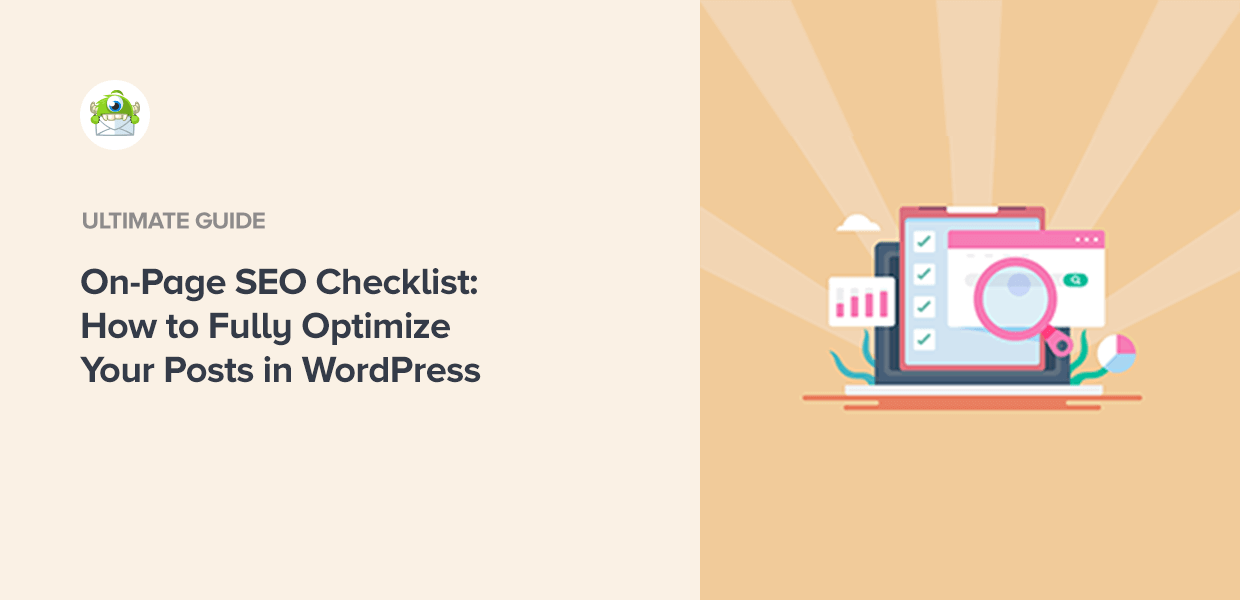
Boost Your Blog's Search Engine Rankings with Structured Data Markup
As an expert in technical SEO, I know that using Structured Data Markup is crucial for boosting your blog's search engine rankings.This standardized format organizes and presents information on web pages to make it easier for crawlers to identify and understand the content.
By implementing structured data markup, you provide additional context about your website content to search engines.
As a result, they can more accurately display relevant snippets of information from your site in their results pages.
Moreover, incorporating this into HTML code improves accessibility for users with assistive technologies like screen readers.
Structured data markup is a powerful tool that can help your website stand out in search engine results pages.
5 Key Things to Keep in Mind
Here are 5 key things you should keep in mind when working with structured data markup:
- Use proper syntax while implementing schema.org vocabulary
- Avoid spamming by including only necessary fields within each type of schema
- Leverage JSON-LD over other formats such as microdata
- Ensure that your structured data is accurate and up-to-date
- Test your structured data using Google's Structured Data Testing Tool
Remember, the goal of structured data markup is to provide additional context about your website content to search engines.
By following these key tips, you can ensure that your structured data markup is effective and helps your website rank higher in search engine results pages.
Harnessing The Power Of Internal Linking

The Power of Internal Linking: Boost Your SEO
Internal linking is an underestimated tool that can greatly benefit your website.
When done correctly, it can transfer page authority from higher-ranked pages to lower-ranking ones, resulting in search engines ranking your site more favorably.
Additionally, it enhances user experience while driving traffic flow around different parts of your content, improving engagement metrics like time spent and bounce-rates.
“Internal linking is an effective and easy tool that deserves attention.”
5 Ways to Use Internal Linking to Boost Your SEO
Here are five ways to use internal linking to boost your SEO:
- Categorize Your Content: Grouping text according to subjects centralizes topics within specific areas on pages making navigation easier.
- Use Anchor Texts: Using descriptive anchor texts helps users understand what they'll find when clicking through links leading them directly where they want or need to go.
- Link Deeply Into Pages: Don't just link homepage-to-homepage; instead, link deeper into relevant subpages so visitors can easily access related content without having to navigate back-and-forth between multiple tabs or windows open at once!
- Keep It Natural And Relevant To The User Experience (UX): Avoid overloading readers with too many hyperlinks per paragraph because this may distract them from reading further down each article/page/post/etc. Make sure all linked resources add value rather than detract from their overall understanding/interest level about whatever topic is being discussed!
- Monitor Internal Links Regularly For Broken Ones Or Outdated URLs That Need Updating ASAP: Make sure every hyperlink works properly before publishing new articles/posts/pages etc. Otherwise, potential customers might get frustrated trying unsuccessfully accessing desired info which could lead them elsewhere entirely- losing out on possible conversions/sales opportunities along the way!
“Internal linking is an effective and easy tool that deserves attention.”
By following these five tips, you can improve your website's SEO and enhance user experience.
Remember to monitor your internal links regularly to ensure they are working correctly and providing value to your visitors.
Site Speed: A Crucial Element Of Technical SEO
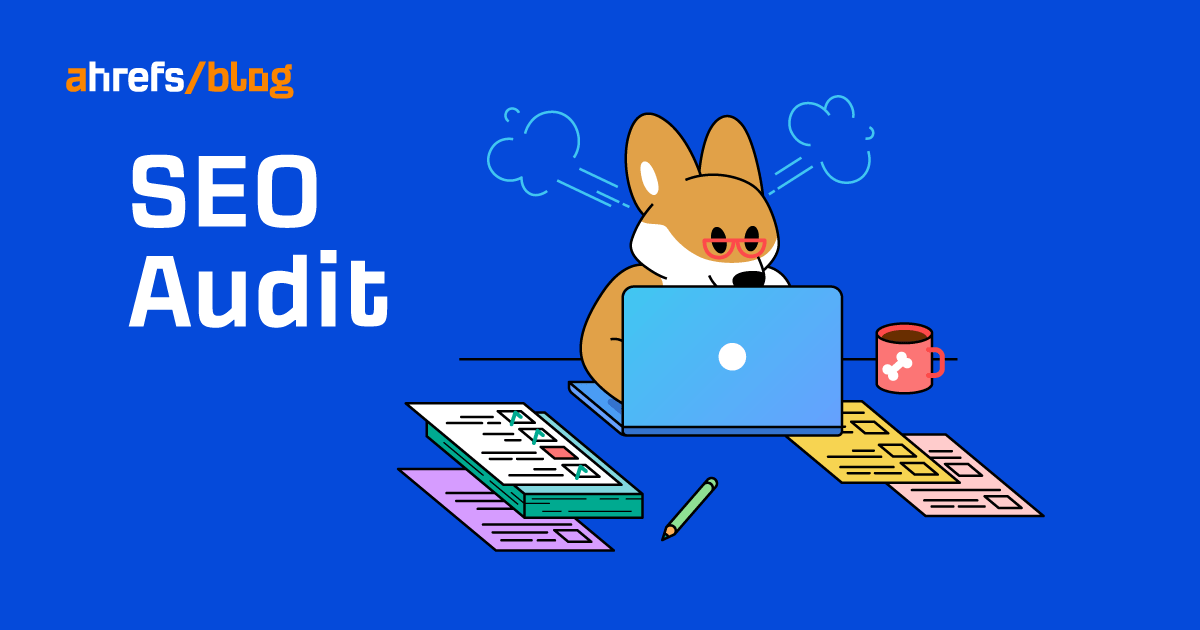
The Importance of Site Speed in Technical SEO
As an experienced SEO writer, I cannot stress enough the importance of site speed in technical SEO. In 2024, lightning-fast internet speeds and instant gratification are the norm.
Slow-loading websites frustrate users and increase bounce rates if loading time exceeds two seconds!
Even a one-second delay can result in significant revenue loss.
People expect quick results these days.
Anything slower leads to impatience and eventually bailing out.
Google also considers site-speed when ranking pages or entire sites because it wants its users to have excellent user experience (UX).
Various studies conducted by experts worldwide on different devices with varying connectivity confirm this fact.
How to Improve Your Website's Load Times
To improve your website's load times, consider:
- Optimizing images for web use without compromising quality using tools like TinyPNG or Squoosh.app
- Minifying CSS/JS files using plugins such as WP Minify or Autoptimize
- Leveraging browser caching through .htaccess file modifications that instruct browsers how long they should cache resources from your server before requesting them again – typically between six months up-to-one year depending upon content type being served!
Site speed is critical for both UX & search engine rankings alike since slow page loads lead visitors away while fast ones keep them engaged longer resulting in higher conversions over time due primarily thanks largely due simply just good old-fashioned common sense combined together alongside expert knowledge gained via years spent working within industry itself!
Dealing With Broken Links And 404 Errors
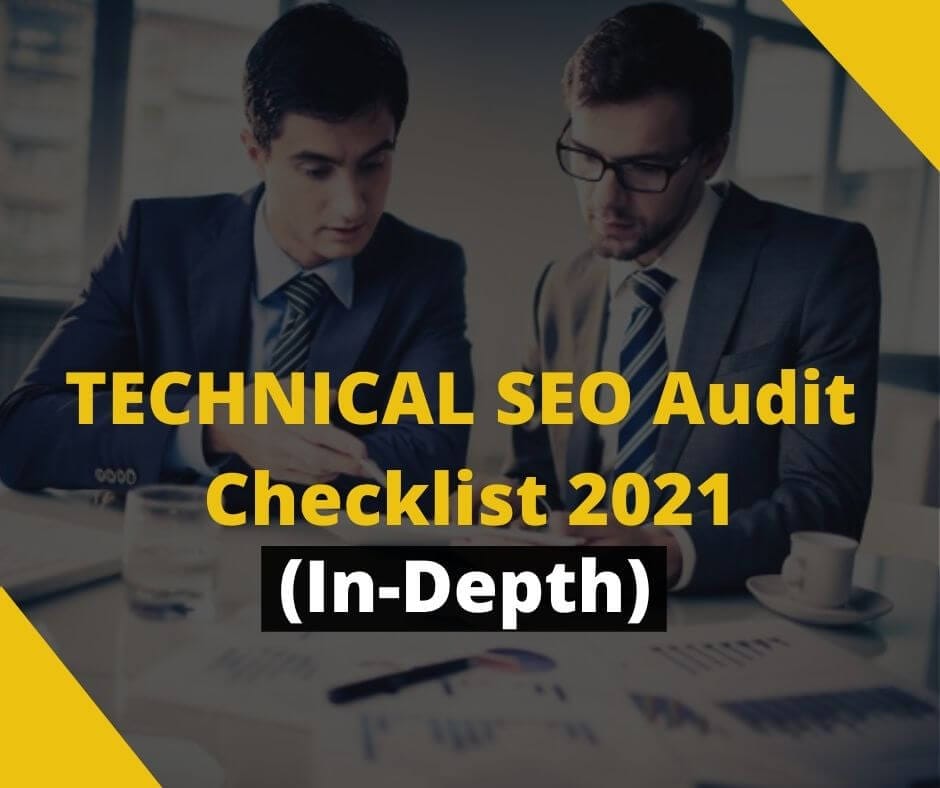
The Importance of Dealing with Broken Links and 404 Errors
As an expert in Technical SEO, I know firsthand the importance of dealing with broken links and 404 errors.
Unfortunately, many websites neglect this crucial aspect which can lead to major performance issues.
To avoid these problems, it's essential that you keep a close eye on your pages' status and promptly fix any broken links or 404 errors.
What are Broken Links and 404 Errors?
Broken links occur when hyperlinks direct users to error pages or non-existent content while a 404 error displays when someone tries accessing unavailable material on your site.
These issues often arise due to changes in URLs, migration from one platform/CMS without redirecting old URLs, expired hosting plans or removed webpages among other reasons.
How to Prevent Broken Links and 404 Errors?
- Crawl through your website using tools like Screaming Frog and SEMrush Site Audit Tool
- Detect potential technical glitches before they become bigger problems down the line
- Promptly fix any broken links or 404 errors
By taking these steps, you can prevent such mishaps from happening regularly every month.
Don't let broken links and 404 errors affect your website's performance.
Keep your website in top shape and ensure a seamless user experience for your visitors.
Remember, prevention is always better than cure.
The Impact Of Social Signals On Technical SEO
The Impact of Social Signals on Technical SEO
As an experienced writer and blogger, I know firsthand the impact social signals have on technical SEO. With billions of users accessing content daily through various platforms like Twitter or Facebook, it's clear that social media is becoming increasingly popular.
When your blog post gets shared across different networks, it sends a critical signal indicating people find your content interesting.
This can significantly improve organic search rankings by creating brand awareness and increasing visibility.
Social sharing creates strong backlinks from credible sources.
Nowadays, Google uses social signals - likes, followership numbers, and comments - to determine the relevance of online published material.
In other words, having more mentions on various networks means you’re producing quality content that readers will love too!
Social shares also indicate how relevant our keywords are for ranking purposes.
The Benefits of Social Sharing
- Improves organic search rankings
- Creates brand awareness
- Increases visibility
- Generates strong backlinks from credible sources
- Indicates relevance of keywords for ranking purposes
Don't underestimate the power of social sharing.
By creating quality content that people want to share, you can improve your SEO and increase your online presence.
Tips To Monitor And Maintain Your Websites Technical Health
Technical SEO: Tips for Maintaining Your Website's Health
As an expert in Technical SEO, I know that monitoring and maintaining your website's technical health is crucial.
To achieve this, it's best to use a reliable website audit tool like SEMrush or Ahrefs.
These tools scan for any technical issues and provide detailed reports on how to fix them.
Regularly checking the robots.txt file and XML sitemap is also essential as they help search engines understand which pages should be crawled and indexed on your site.
Ensure these files are up-to-date with the latest standards.
Remember: keeping track of changes made during maintenance can save you time when troubleshooting later!
5 Tips for Keeping Your Website Technically Healthy
- Identify crawl errors: Use Google Search Console to identify crawl errors.
- Optimize page speed: Compress images, minify code, and use caching plugins to optimize page speed.
- Regularly backup data: Back up all data, including databases, on a regular basis.
- Ensure mobile-friendliness: Make sure your website is mobile-friendly and responsive.
- Fix broken links: Regularly check for and fix broken links on your website.
By following these tips, you can ensure that your website is technically healthy and optimized for search engines.
Final Takeaways
As a blogger, I know how important it is to have a strong online presence. That's why I always make sure to follow a technical SEO checklist to ensure my website is optimized for search engines. Here are the top 5 technical SEO tips that I always keep in mind:1. Use descriptive and keyword-rich URLs. This helps search engines understand what your page is about and can improve your chances of ranking higher in search results.
2. Optimize your title tags and meta descriptions.
These are the first things that users see in search results, so make sure they accurately describe your content and include relevant keywords.3. Use header tags (H1, H2, H3) to structure your content.
This not only makes it easier for readers to navigate your site, but it also helps search engines understand the hierarchy of your content.4. Make sure your site is mobile-friendly.
With more and more people accessing the internet on their mobile devices, having a responsive website is crucial for both user experience and SEO.5. Use internal linking to help search engines understand the structure of your site and the relationships between your pages.
This can also help keep users on your site longer by directing them to related content. At AtOnce, we understand the importance of technical SEO for bloggers and businesses alike. That's why we've developed an AI writing and customer service tool that not only helps you create high-quality content, but also optimizes it for search engines. Our AI-powered platform analyzes your content and provides real-time suggestions for improving your SEO, including optimizing your title tags and meta descriptions, using header tags effectively, and incorporating internal links. With AtOnce, you can focus on creating great content while we take care of the technical details. Try it out today and see the difference it can make for your website's SEO!- Do you spend hours staring at a blank screen, trying to come up with the perfect headline?
- Are you tired of writing mediocre blog posts that fail to attract readers?
- Do you struggle to write compelling ad copy that converts?
- Are you frustrated with the time and effort it takes to write effective marketing emails?
AtOnce uses advanced artificial intelligence technology to help you write high-quality content in a fraction of the time.
With AtOnce, you can:- Create engaging blog posts that get shared and drive traffic
- Write compelling ad copy that converts prospects into customers
- Develop product descriptions that increase sales and conversions
- Simplify the process of writing effective marketing emails that get opened and read
Best of all, AtOnce is easy to use.
Simply input your topic or keyword, and AtOnce will generate high-quality content that's ready to publish. It's that simple! Why Use AtOnce? AtOnce is an essential tool for anyone who wants to simplify the process of content creation and save time. Here's why:- AtOnce is an AI writing tool that uses advanced technology to generate high-quality content in a fraction of the time
- AtOnce is easy to use and requires no writing experience or expertise
- AtOnce saves you time and effort, allowing you to focus on other important aspects of your business
- AtOnce helps you create content that engages your audience and drives sales
- AtOnce is affordable and offers a wide range of features for bloggers, marketers, and business owners
So why wait?
Sign up for AtOnce today and start creating the high-quality content you need to grow your business and succeed online.What is Technical SEO?
Technical SEO refers to the process of optimizing a website's technical aspects to improve its search engine visibility and ranking. It involves optimizing website speed, mobile-friendliness, crawlability, site architecture, and other technical factors that affect search engine rankings.
What are the latest trends in Technical SEO in 2023?
In 2023, the latest trends in Technical SEO include optimizing for voice search, implementing structured data, improving website speed, optimizing for mobile-first indexing, and enhancing website security with HTTPS. Additionally, optimizing for visual search and leveraging artificial intelligence and machine learning are also gaining importance.
How can I improve my website's Technical SEO?
To improve your website's Technical SEO, you can start by conducting a technical audit to identify and fix any technical issues. You can also optimize your website speed, mobile-friendliness, site architecture, and implement structured data. Additionally, you can optimize for voice search, mobile-first indexing, and enhance website security with HTTPS. Regularly monitoring and updating your website's technical aspects can also help improve its search engine visibility and ranking.
